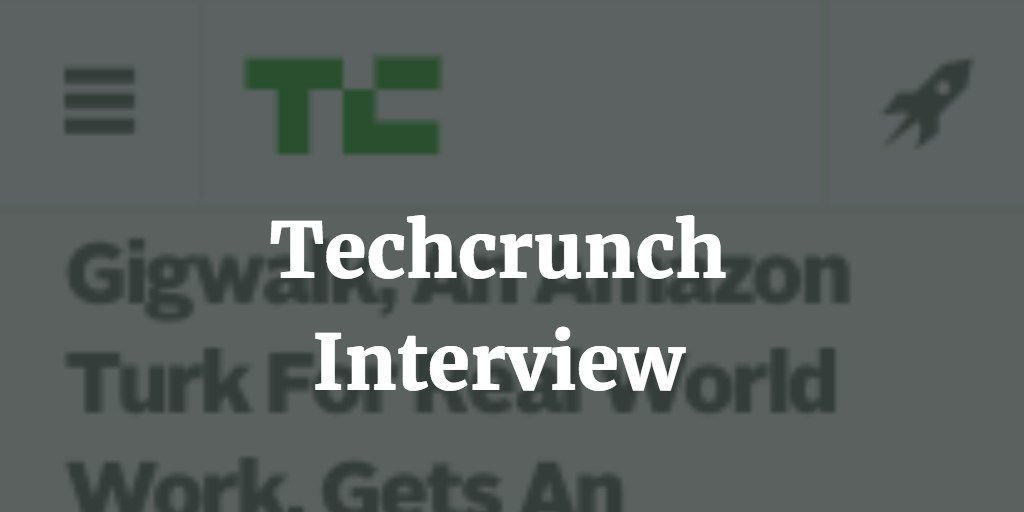
Techcrunch Interview on Gigwalk with Matt Crampton
On Feb 20, 2013 I was interviewed by Sarah Perez on Gigwalk and the Gig Economy
Read Article
The interiew is pasted below as well...
Gigwalk, the mobile temp agency that allows users to get assigned jobs (or “gigs”) from companies in need of real-world data or market research, is today upgrading its business-facing platform as the service grows to accomodate larger-scale job assignments from customers like Microsoft, Mercedes-Benz, TomTom, eBay, and others. It’s also adding another big-name brand to its roster – Reckitt Benckiser, home to hundreds of household products including things like Lysol, Finish, Easy Off, Jet Dry, Woolite, Vanish, Vicks and many more.
The company, which is something like a Mechanical Turk for the real world, recently raised a $6 million Series A from August Capital, Greylock, Harrison Metal, SoftTech VC, Founder Collective and others. It now reaches 220,000 workers, up from 200,000 in October, and is available in 6,500 cities across the U.S. and Canada. It has also just launched in Puerto Rico and is readying its U.K. expansion.
At the time of funding, Gigwalk also extended its relationship with Microsoft, which used the service to gather data for Bing local search – the company would have workers take 360-degree photos of restaurants, for example. Because of the size of some of the jobs these corporate clients were bringing to Gigwalk, the company’s original dashboard no longer sufficed. It showed a list of active gigs, but the business would have to click on each one to view the details.
This wasn’t a problem in Gigwalk’s earlier days, as customers were generally only posting 20 or 30 gigs at a time. But as the number of gigs scaled, this soon became a pain point.
Today’s upgrade represents a big overhaul of that dashboard. Companies can now see a real-time map of their workers in the field, which they can zoom in and out on, and more.
“People are posting thousands of gigs at a time, and that [old dashboard] paradigm just didn’t work anymore,” explains Gigwalk founder and CTO Matt Crampton. “They needed to be able to see all this stuff at once,” he says of Gigwalk’s clients’ needs. In the upgraded interface, businesses can see worker details, the messages they’ve been sending, where people are located, the photos and survey answers, and other data in real time.
Also included are a set of search and filter tools to manage the gigs, powered by Elasticsearch, which incidentally just this week announced its $24 million Series A from Index, Benchmark, and SV Angel.
Another feature designed to support Gigwalk’s bigger clients is still in the works, however: developer APIs. Crampton says that, today, the system allows for spreadsheet uploads and it can assign “admins” who work with large clients on a one-on-one basis, but these APIs will be made available in a month or two after beta testing completes.
For Gigwalk, the big advantage isn’t just taking traditional market research capabilities and putting them online and on mobile for convenience’s sake. It’s about the startup’s ability to profile its worker user base using algorithmic methods. The company tracks data points like whether a worker gets to jobs on time, the quality of the end product, and how long jobs took, for example.
“We’re taking all of those points of data – and we’re collecting hundreds of data points for every job that’s happening inside our system – and we’re using that to better model who are good Gigwalkers,” says Crampton. “What that lets us do is that when we’re getting into more complex work, we’re able to match really good Gigwalkers with those more complex and higher-paying jobs.”
The end result is that Gigwalk can take on larger amounts of work and get it done much faster than anybody out there. “We’re cheaper and we get it done 10 times as fast,” Crampton adds.
The company currently takes a standard 30 percent margin on top of the price of gigs, but declined to speak to its current position with regards to revenue or profitability. However, gigs tend to range from $4 to over $100, and for those in urban areas where you can knock out several within just a few blocks, some more active workers can earn as much as $1,000 or $2,000 per month.
But while the worker profiling mentioned above helps Gigwalk sort the good from the bad, it can also slow end-user adoption among the more casually engaged segment. That is, someone who does a gig while out and about, for example, but isn’t making it a regular thing. The company currently uses push notifications to attract these more passive participants. But because users first have to prove themselves before getting access to the higher-paying jobs, that means they’ll have to find the motivation to work for a few dollars here and there before their efforts can really pay.
To: @mattccrampton
0
Other Posts

Kalamazoo native is a force behind Gigwalk, a new cellphone app that puts iPhones users to work On May 15, 2011 I was interviewed By......
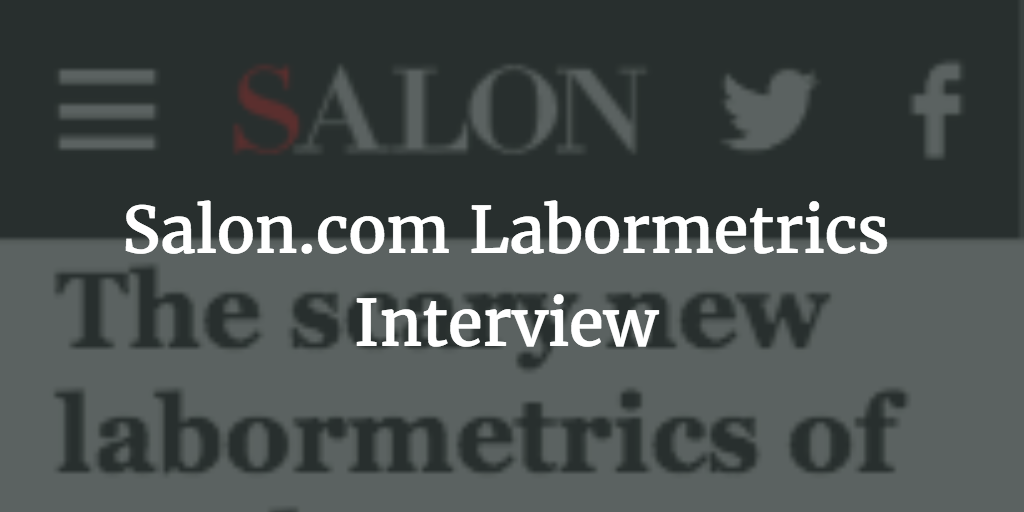
Salon.com Labormetrics Interview with Matt Crampton On 08-16-2013 I was interviewed by Andrew Leonard for Salon.com on labor and the Gig economy. Read Article The......
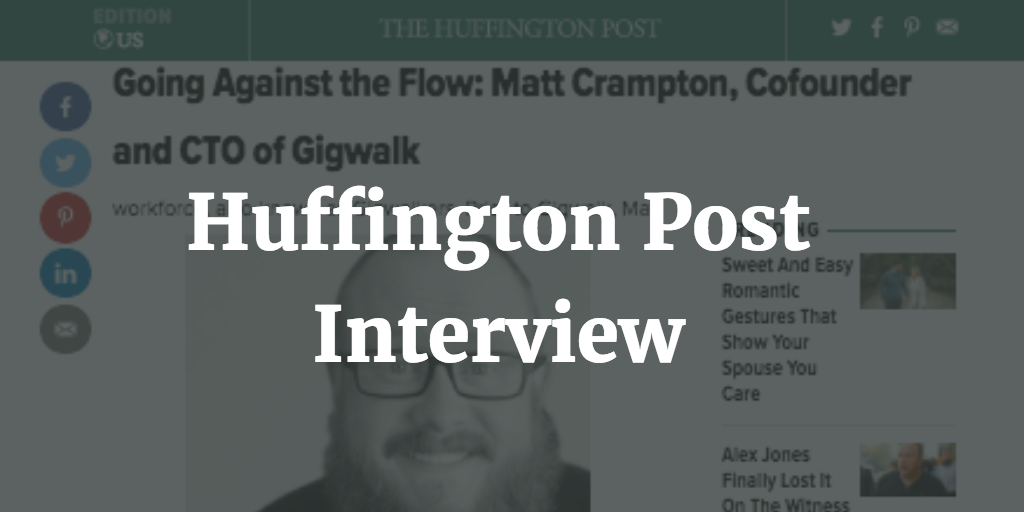
Huffington Post Interview with Matt Crampton On 03/16/2015 I was interviewed by Charu Sharma for The Huffington Post on Gigwalk and going against the flow.......

CBS Pulse Interview with Matt Crampton On April 11, 2016 I published an article on CBS Pulse on on-demand workers and the Gig Economy Read......
Silicon Valley Business Journal - Best CIO: Matt Crampton On June 20, 2014 I was nominated as best CIO by Silicon Valley Business Journal Read......
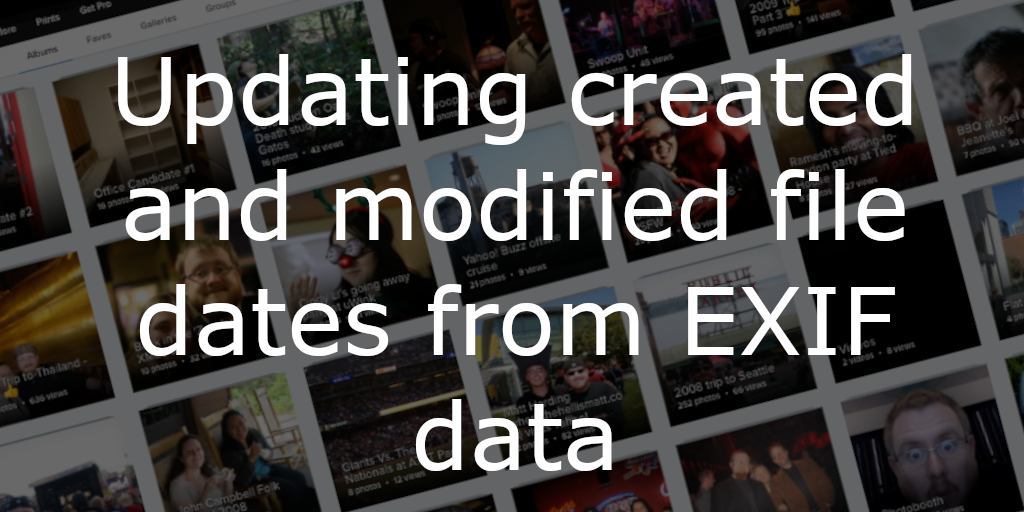
When exporting photos from a service like Flickr, perhaps after they've given notice that they're going to delete our photos if you don't subscribe to......
Other Software Development Blog Posts

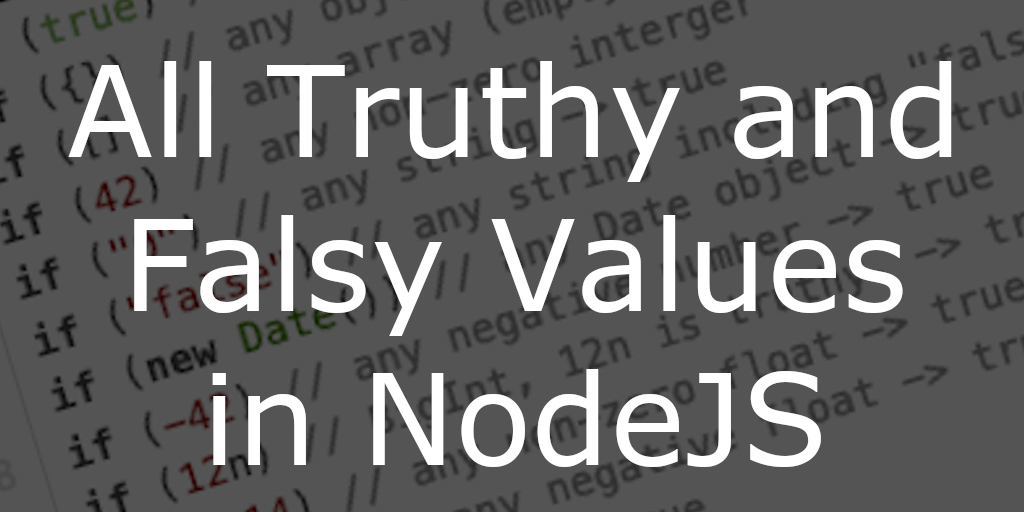



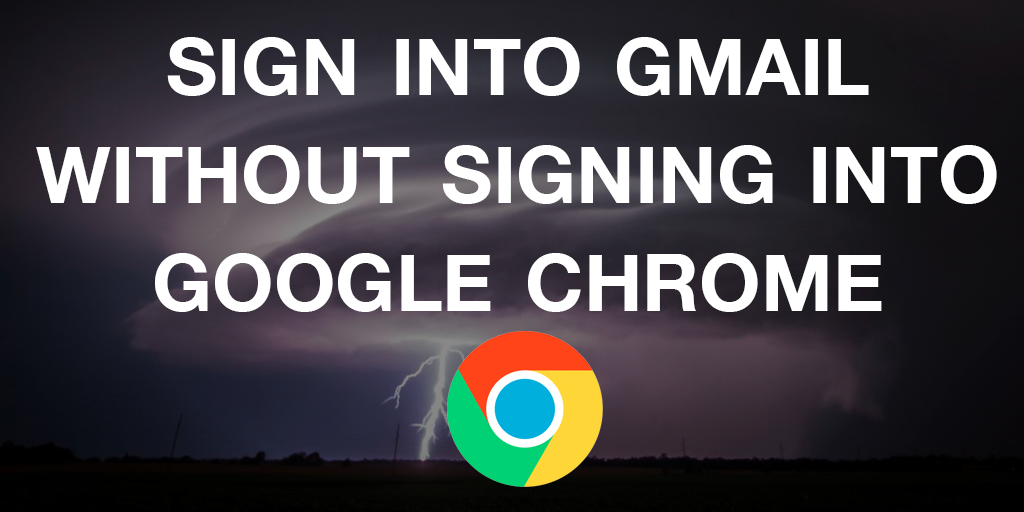
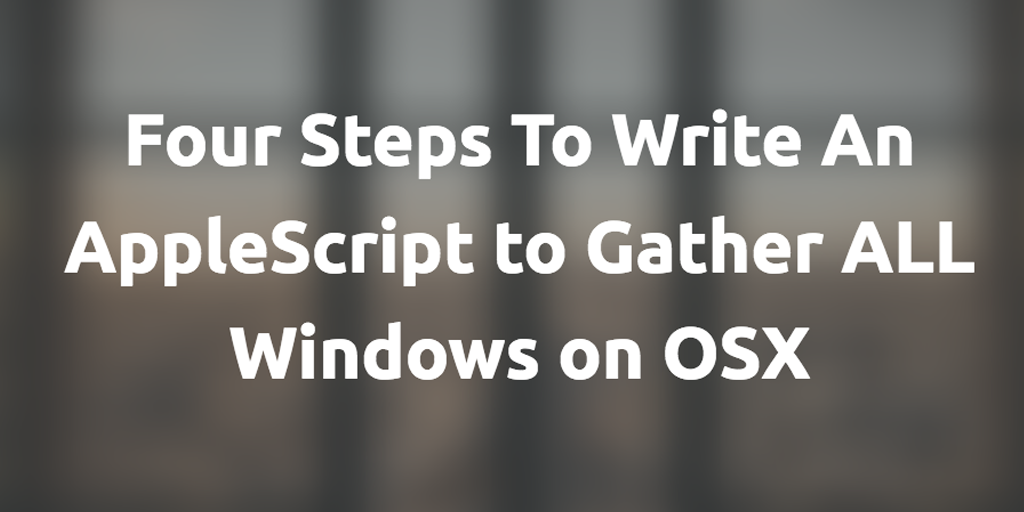
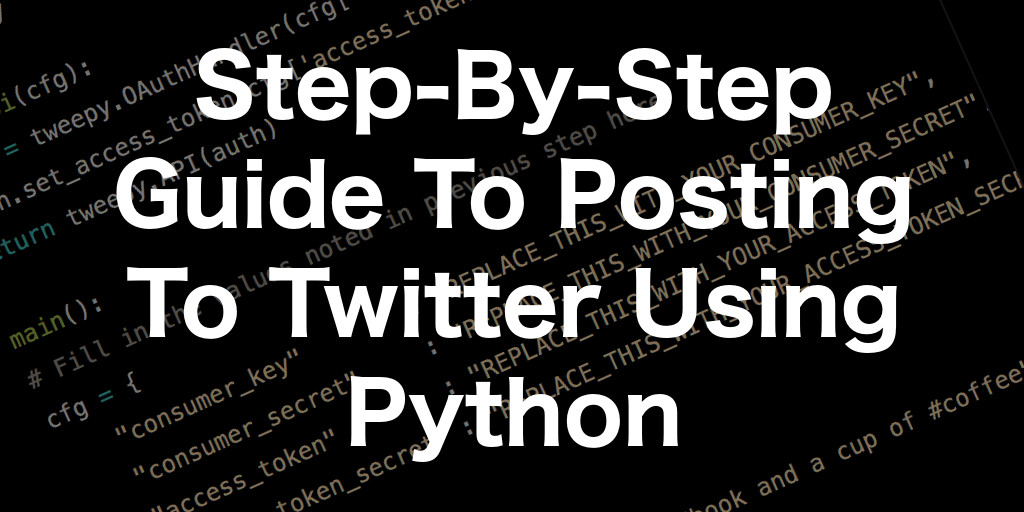




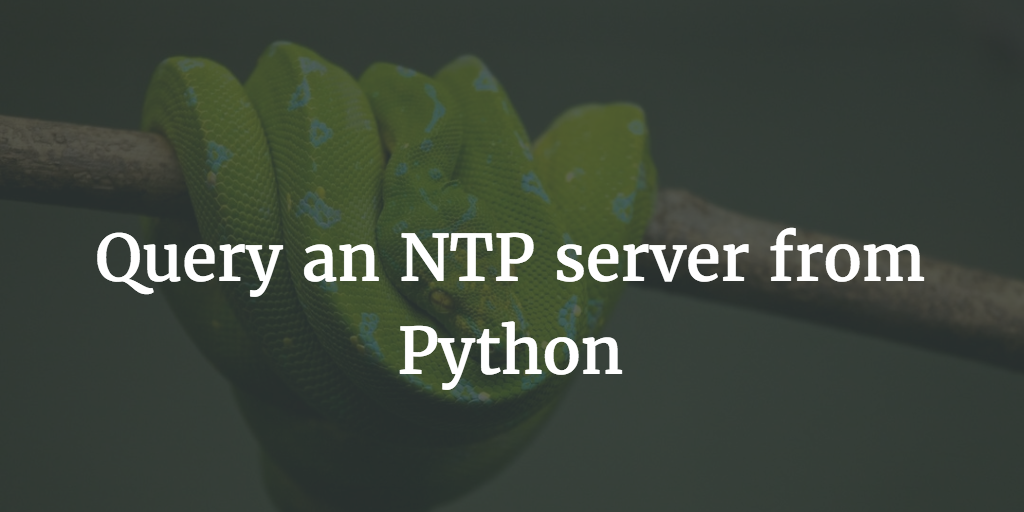


Other Blog Posts


Media Appearances
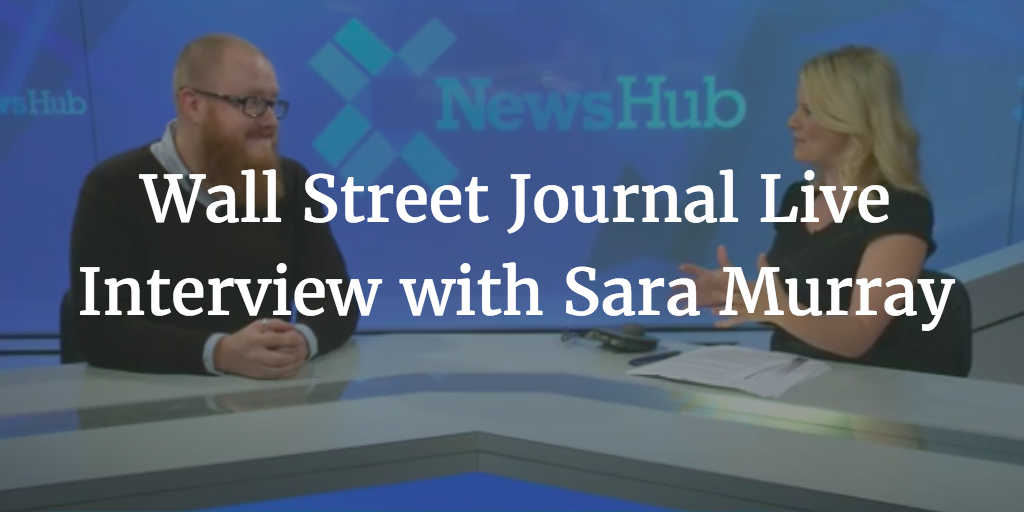

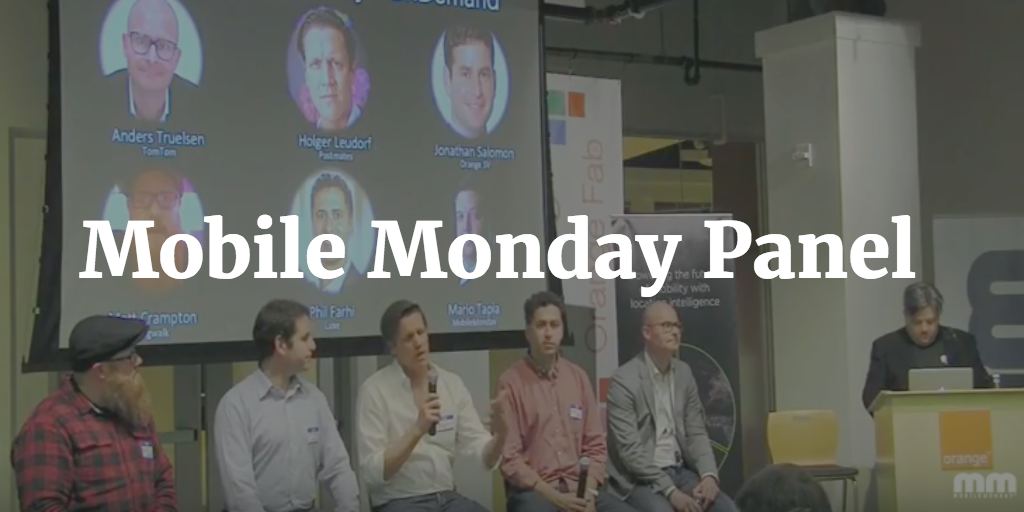
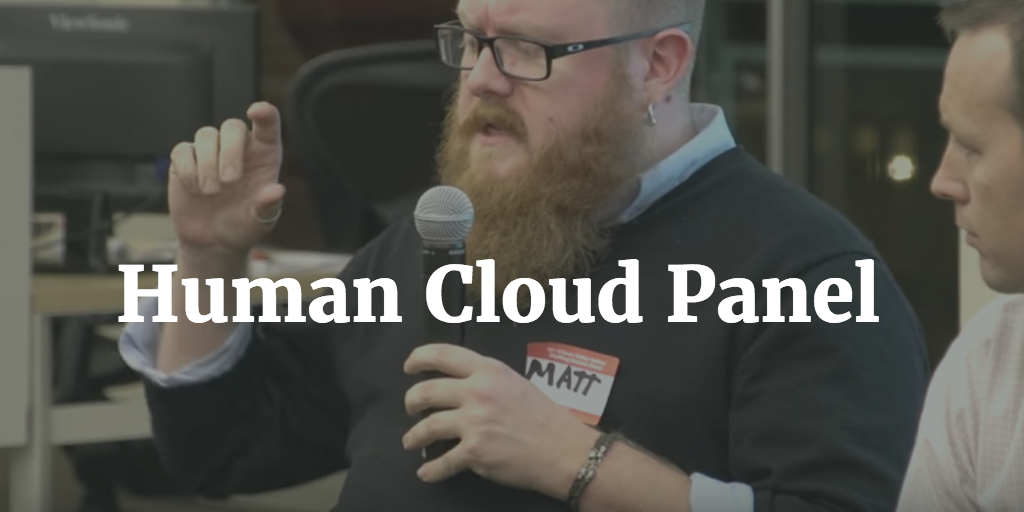


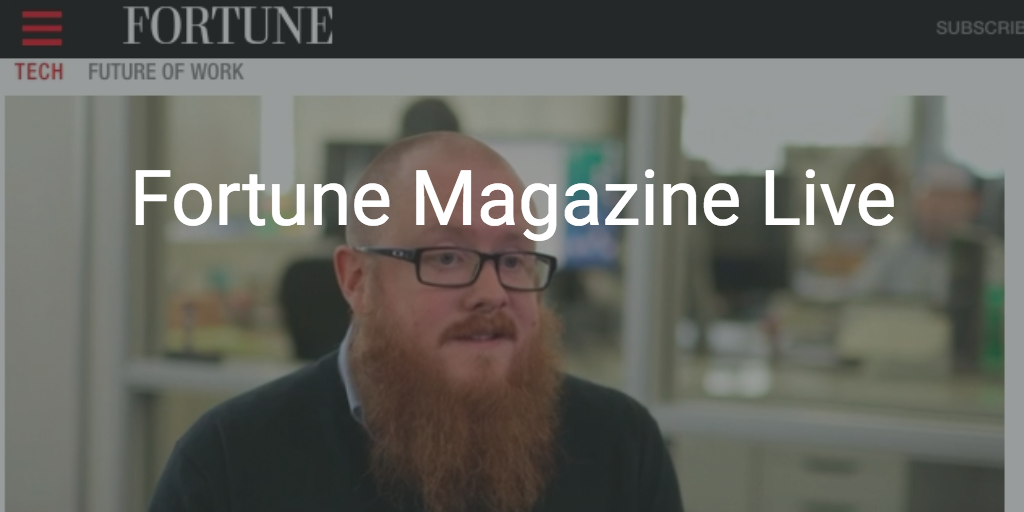


Print Interviews




